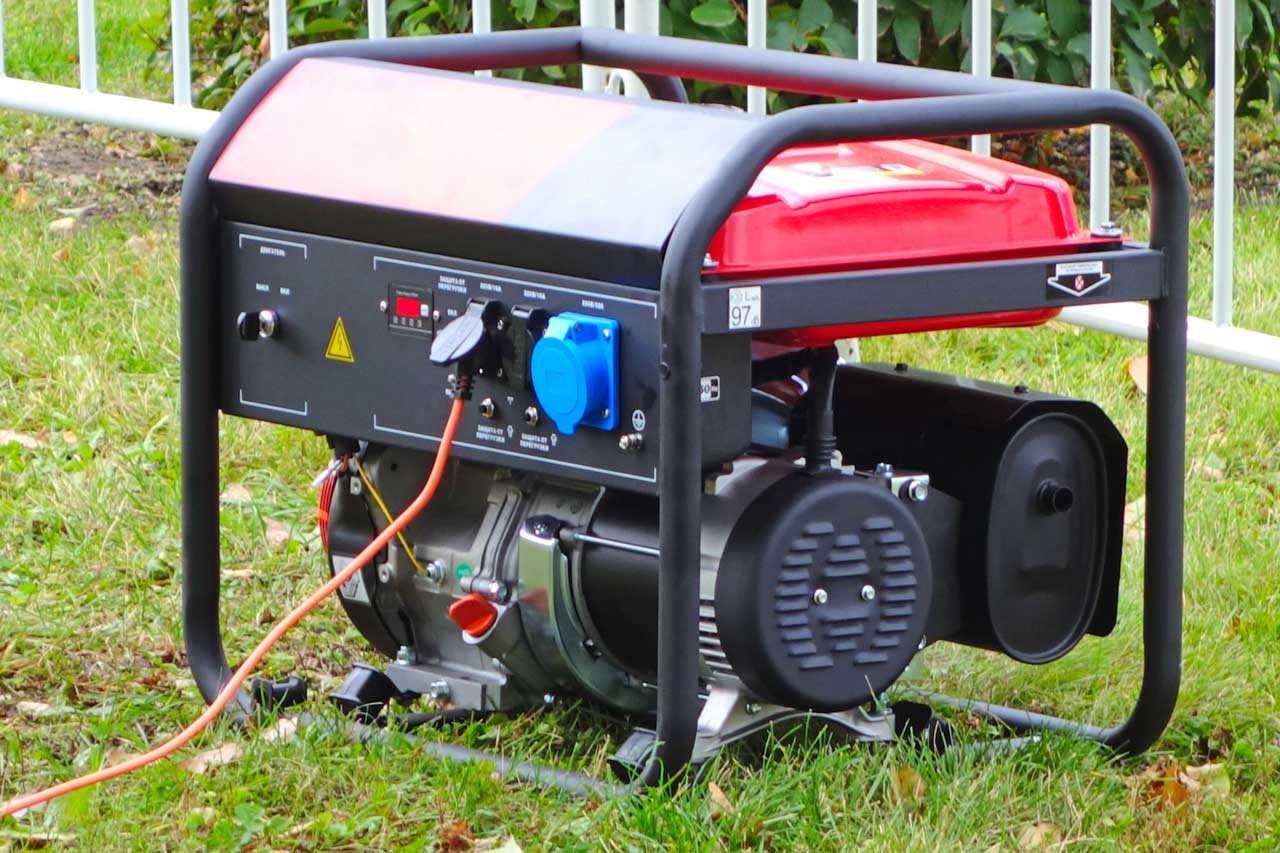How far can a standby generator be from the house? This is generally simple, but there are a few things to keep in mind while doing so. First, good placement enables the generator to function effectively and safely. It will then not put the lives of those who reside in the home at risk of being injured.
Standby generators should always be installed outside on solid land that is not prone to flooding. In addition, the exhaust fumes generated by a generator include lethal carbon monoxide. This is another factor to consider when deciding where to place your generator. It would be advisable to check with your local building regulations authorities for any requirements or permissions that you may need. It is up to them to make the ultimate decision on any electrical or plumbing installations.
This article will teach you all you need to know about where to place a backup generator in your home.
How Far Can a Standby Generator Be from the House?
Place the household’s backup generator as near as feasible to the current electrical entry without going too close. This will help you save money on installation expenses. Utilities such as gas and electric need certain clearances between their infrastructure and the equipment of the homeowners.
Utility Clearance Codes
Gas and power companies in your region will have particular clearance code requirements for backup generators. Always check with them beforehand.
Local Municipality Clearance Codes
Every city and state will have its own set of building laws and rule requirements for where you may put your generator. So again, always check ahead of time. However, you can expect to find regulations on details like whether or not your generator has to be installed on a concrete surface to be the same everywhere. Researching local codes may be tricky even with considerable research. Deal with a specialist who understands local building regulations and how to work with local authorities.
Supplier Requirements and Suggestions
Aside from municipal or federal laws, there are certain general rules to observe. Typical supplier recommendations include placing your generator outdoors and at least five feet away from windows, doors, ventilation ducts, and flammable materials, among other things. That is to ensure that it is always safe and secure when in use.
If the distance restrictions vary between your manufacturer’s specifications and local regulations, go with the larger amount as a protective measure rather than the smaller one. Doing this will ensure that you are always on the right side of the law.
Additional Factors When Placing Your Generator
Apart from the mandatory requirements, smart generator placement may assist in minimizing installation costs, maximize the performance of your generator, and safeguard your health.
What Are You Using to Fuel Your Generator?
You will likely need the services of an expert to install a power supply for your backup generator. In addition, as already advised, the position you choose for your generator may affect the total cost of your backup generator installation project.
Install your generator closer to your electrical or gas meter if at all possible. This is to minimize the amount of piping or electrical cord to power your generator. Additionally, this will decrease both the amount of material and labor needed to place your generator.
Protecting Your Generator from the Elements
One method of extending the life of your generator is to keep it protected from the weather. However, it will also have an impact on the efficiency with which your backup generator operates. Aside from the weather elements, other factors such as plants in your yard may affect the operation of your generator as well. Finally, keep an eye out for the vapors. E may carry exhaust fumes, and pollutants may blow into your house if you live in a very windy area. If you live in a windy place, you should keep your windows closed.
Placing your generator in a place where the wind blows away from the house will help to protect the air quality within your home. However, keep in mind that generator exhaust includes carbon monoxide, making you more susceptible to its fumes, which may be hazardous to your well-being. Also, don’t put your generator beneath an awning or similar structure that may trap emissions and cause a buildup of fumes.
Take the Noise of the Generator Into Consideration
Generators are notoriously loud. Placing one near your lounge, bedrooms, or neighbor’s home may cause issues. It is advisable to place your generator in a quiet area away from the house to minimize noise.
Preparation of the Area for Your Generator
After determining the ideal position for your generator, you’ll need to decide whether it requires building or even grounding. For a fast and easy DIY project, most compact air-cooled generators come with the required accessories. It will be necessary to build a concrete pad to accommodate bigger, liquid-cooled equipment. You can do this project on your own if you know how to lay a concrete slab. However, if this is not the case, hiring a professional company guarantees that the work is done properly the first time.
Rather Safe than Sorry!
Proper planning for how far can a standby generator be from the house ensures that you remain in compliance with all applicable federal, state, and municipal regulations. However, how far you place a generator from your house also contributes to the safety and comfort of the house and family. Due to the many dangers connected with generators, it is essential to over research and verify your generator’s location to ensure its safety. As the heading suggests, rather safe than sorry!
Why not contact us so that we can help you with your backup generator project? Our goal is to offer the highest level of customer service possible.!

